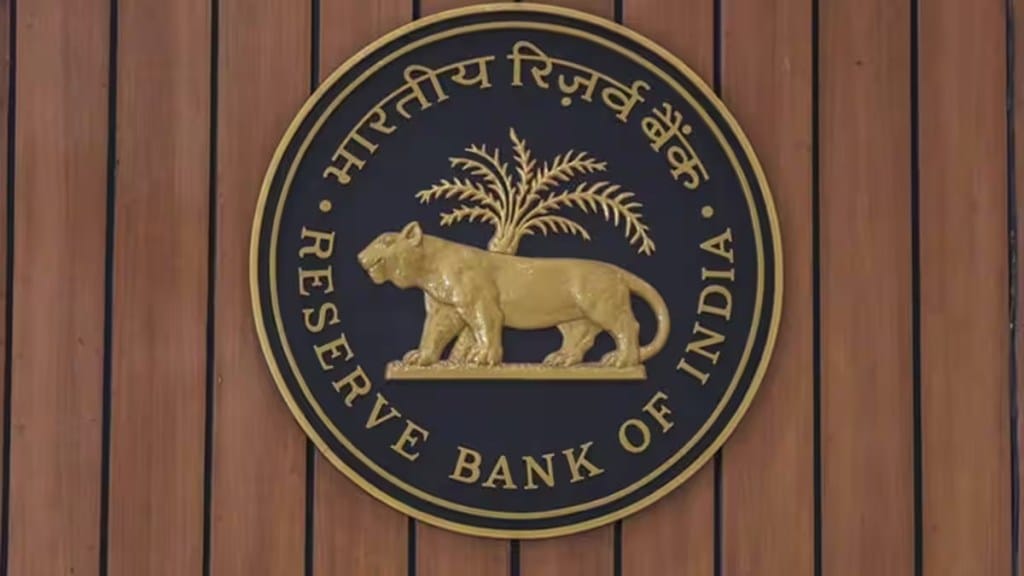White-label ATMs (WLAs), set up and operated by non-banking entities, made their debut in India in 2013-14 with much fanfare. The Reserve Bank of India (RBI), pursuing its ongoing goal of financial inclusion, gave licences to eight players to set up and operate ATMs in predominantly semi-urban and rural regions.
Less than a decade later, the hype has given way to a more sombre mood, with half the players withdrawing from the business, weighed down by higher costs and lower fees.
The initial list of eight players included India1 Payments, Hitachi Payments Services, Tata Communication Payment Solutions, Vakrangee, Muthoot Finance, SREI, AGS Transact Technologies, and RiddhiSiddhi Bullions.
Four of them are no longer present in the segment. Srei was the first to surrender its certificate of authorisation (CoA) to the RBI in 2018, citing viability issues, and Muthoot Finance followed suit in 2021. The same year, RBI revoked the CoA of RiddhiSiddhi Bullions and AGS Transaction Technologies due to non-compliance with regulatory requirements to set up WLAs within established timelines.
The existing players have also not been able to scale up that fast. K Srinivas, CEO at India1 Payments, the largest WLA operator in the country with 12,124 ATMs, said banks have 222,743 machines as of March-end, while WLA operators have installed 35,791 — translating into around 4,000 machines a year.
In semi-urban and rural areas, though, banks have 100,092 ATMs, and WLA operators 29,929. Overall, the four WLA operators have deployed 84% of their total ATMs in semi-urban and rural areas, while for banks the figure is 45%, Srinivas said.
“WLA operators now contribute 23% of all ATMs in semi-urban and rural areas and have contributed 68% of all new deployment in such regions in the last five years,” he said, adding that despite 81% of the Indian population living in semi-urban and rural regions, only 50% of ATMs are deployed in such regions.
On a more granular basis, there are only 13 ATMs per 100,000 customers in rural and semi-urban areas, as against 56 ATMs per 100,000 customers in metro and urban areas.
Sushant Singh, business head of ATMs at Vakrangee, which operates 6,324 ATMs, said 90% of their machines are in semi-urban and rural regions, covering 566 of the 764 districts in the country.
So, have WLAs met their objective? Singh quoted RBI governor Shaktikanta Das from a speech he gave at the PSO conference in Kochi earlier this year. “I would like to say that a lot has been achieved but a lot more can and should be done in the days ahead,” Singh said, quoting Das.
The majority of WLA operators say the lack of debit card users in rural areas, a low interchange fee charged to card-issuing banks, higher interest rates, and high fuel prices are the key issues hampering the growth of WLAs.
According to industry players, the primary source of revenue for WLA operators is the interchange fee that they receive for both cash and non-cash transactions. With operating costs on the rise, an increase in interchange fees to Rs23 per financial transaction from Rs 17 now would provide a significant boost to the market and encourage WLA operators to deploy more ATMs.
Though an RBI circular dated March 7, 2019, provides an opportunity for WLA operators to offer value-added services and earn additional revenue, this has been a non-starter with no product being introduced by the National Payments Council of India, said Srinivas. He suggested that linking the interchange fee to the WPI index on an annual basis, like the National Highways Authority of India does with toll prices, could give a fillip to WLA operators’ balance sheet.
In addition, the rising interest rate cycle has hurt operators because they have to borrow money from banks to keep in ATMs. Higher interest cost has led to lower margins. And the overall rise in fuel prices has pushed up transportation costs.
But the existing players are still trying to make things work. Srinivas said internationally, 50% of the ATMs are run and operated by WLA operators and the same can be replicated in India if a few of these concerns are addressed. “With the correction of interchange fees, we expect the ATM count to cross 100,000 in the next two years,” he said.
Sumil Vikamsey, MD and CEO of the cash business at Hitachi Payments Services, said promoting cash deposit interoperability among banks would facilitate deeper financial inclusion. This would enable individuals to deposit cash in ATMs where physical branches are not readily accessible. Hitachi operates 9,200 WLAS, 75% of which are in semi-urban and rural locations.

